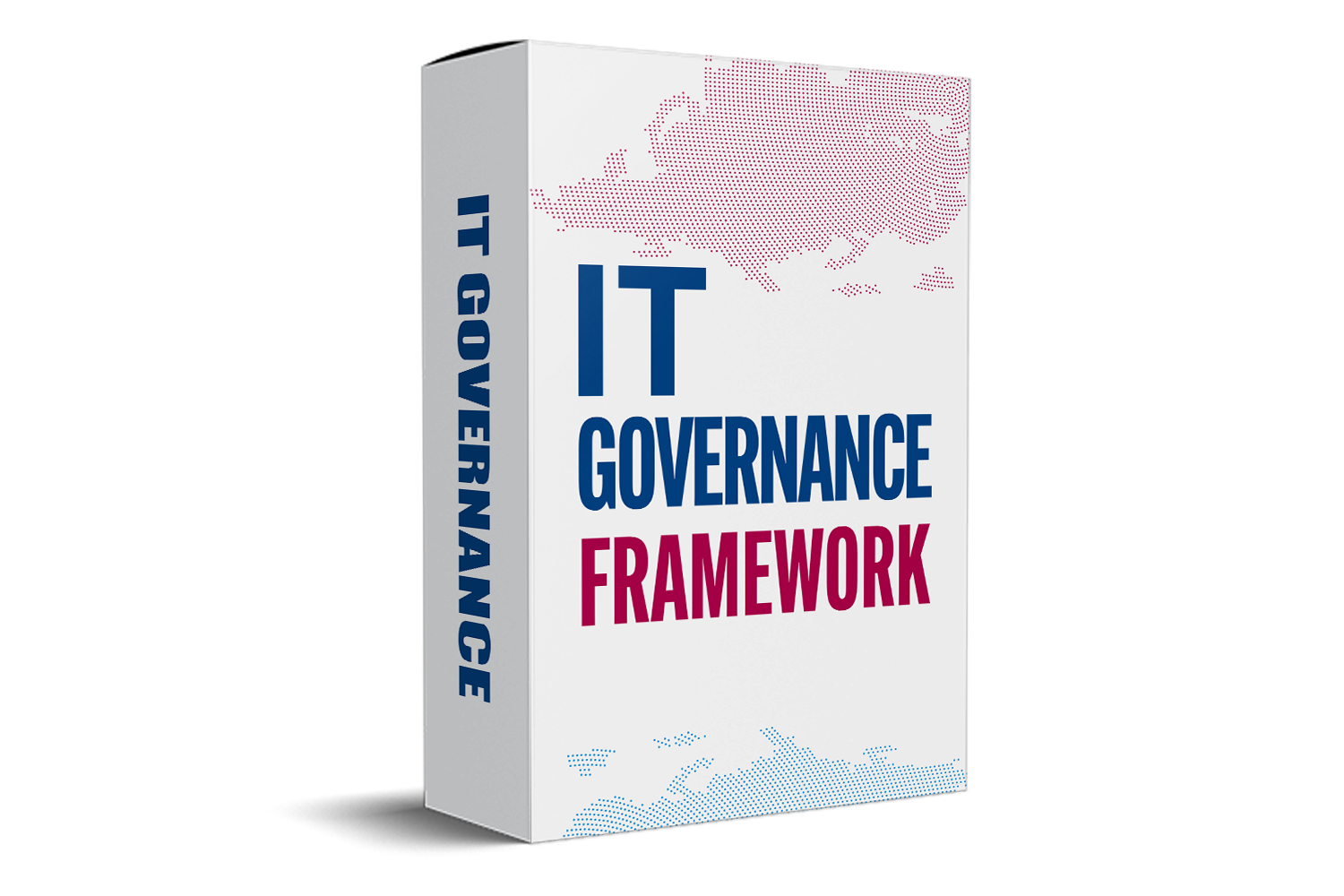Ultimate Audit Checklist Template: Your Complete Guide to Conducting Effective Audits
Audits are critical for keeping your organization on track, compliant, and safe from risks. A well-conducted audit can reveal weak spots before they turn into costly problems. But without a solid plan, audits become confusing and ineffective. A good audit checklist template is your secret weapon for thorough, consistent, and useful audits. In this guide, you’ll learn how to create a powerful checklist, what to include, and how to put it into action.
Why Use an Audit Checklist Template?
Benefits of Standardized Audit Processes
Using a checklist keeps your audits uniform no matter who conducts them. It ensures no important step or detail gets missed. Plus, it helps reduce mistakes and double work. When everyone follows the same guide, your results are more reliable. This also makes sure your organization follows rules and standards consistently.
Impact on Efficiency and Effectiveness
A checklist saves time by giving clear directions. Instead of figuring things out on the fly, auditors follow a proven process. It also leads to higher quality findings. You get more actionable insights, so you can fix issues faster. This makes your audit process smoother and more valuable for your organization.
Case Study: Successful Implementation of Checklists
Take a manufacturing company that adopted a standard checklist for quality control. They saw a drop in defects by 20% in just six months. The checklist helped staff spot problems earlier and shared best practices. As a result, they improved compliance and cut errors, showing how checklists can truly boost results.
Elements of an Effective Audit Checklist Template
Essential Components to Include
Your checklist should start with the basics. Clearly state the audit scope and what you want to achieve. List the standards or criteria you will use to rate things. Break down specific questions or items you need to check. Include methods for evidence gathering, like documents or photos. Assign tasks to responsible people and deadlines to keep things on track.
Customization for Different Types of Audits
Different audits need different focus areas. For financial audits, focus on accuracy and records. Internal process audits look at how work is done and if policies are followed. Compliance audits check if you meet legal or industry rules. For IT and cybersecurity, examine software, hardware, and data protection measures. Customize your template for each type to make sure it hits all the important points.
Best Practices for Designing Your Template
Make your checklist easy to read and understand. Use simple, clear language to avoid confusion. Organize items logically—group related questions together. Leave space for notes and observations, so auditors can record their findings. Whether you choose digital or paper, think about what makes the audit easier for everyone. Digital tools often allow quick updates and sharing.
Creating Your Audit Checklist Template
Step-by-Step Development Process
Start by clearly defining what you want to check and why. Know what standards or rules apply to your audit. Talk to stakeholders and experts to include their insights. Make an initial list of questions and categories, then test it out. Gather feedback from users and refine your checklist based on real use. Keep improving it so it stays relevant.
Tools and Software Options
Basic templates can be made in Excel, Word, or Google Sheets. These are cost-effective and simple. For more advanced needs, consider tools like AuditBoard or CheckMarket. They offer features like automation, tracking, and easy sharing. Using automation can save hours, reduce errors, and ensure consistency across audits.
Tips to Ensure Relevance and Usability
Keep your checklist simple and focused on key points. Avoid cluttering it with unnecessary questions. Regularly review and update it to match changes in rules or practices. Give clear instructions for each section so auditors know exactly what to do. A user-friendly checklist makes the audit faster and more accurate.
Best Practices for Conducting Audits Using the Checklist
Preparing for the Audit
Start by reviewing what needs to be checked. Share the checklist with your team before the audit so everyone knows what to expect. Brief everyone on the process. This prep makes the actual audit smoother and more focused.
During the Audit
Follow the checklist step by step. Gather supporting evidence like documents, photos, or interviews. Talk to team members on the spot to get clarifications. Staying organized helps you cover everything and keep notes clear.
Post-Audit Activities
Afterward, analyze your findings. Find out what caused any problems and plan corrective actions. Fill out a final report based on your checklist. Track these actions over time to see how well your improvements work. Routine follow-up helps maintain standards.
Common Pitfalls and How to Avoid Them
Avoid missing critical areas just because they seem less important. Don’t rely on ticking off items without thinking about the bigger picture. Regularly update your checklist, especially after learning from audits. This keeps your process sharp and relevant.

Key Metrics and KPIs to Track with Your Audit Checklist
Measuring Audit Effectiveness
Track how many issues you find per audit. Measure the time it takes to finish each phase. Look at how many corrective actions get completed on time. These numbers show how well your audits perform and where to improve.
Continuous Improvement
Use your KPI data to update the checklist. If certain issues keep popping up, add or revise questions. Promote a culture where audits are seen as tools for ongoing growth. Regular review and updates ensure your audit process keeps improving.
Conclusion
A complete audit checklist template is a game changer for your organization. It boosts accuracy, saves time, and keeps everyone aligned with standards. The right checklist helps you uncover issues early and maintain compliance. Why wait? Start building or updating your audit checklist today to make your audits more effective and your team more confident.


